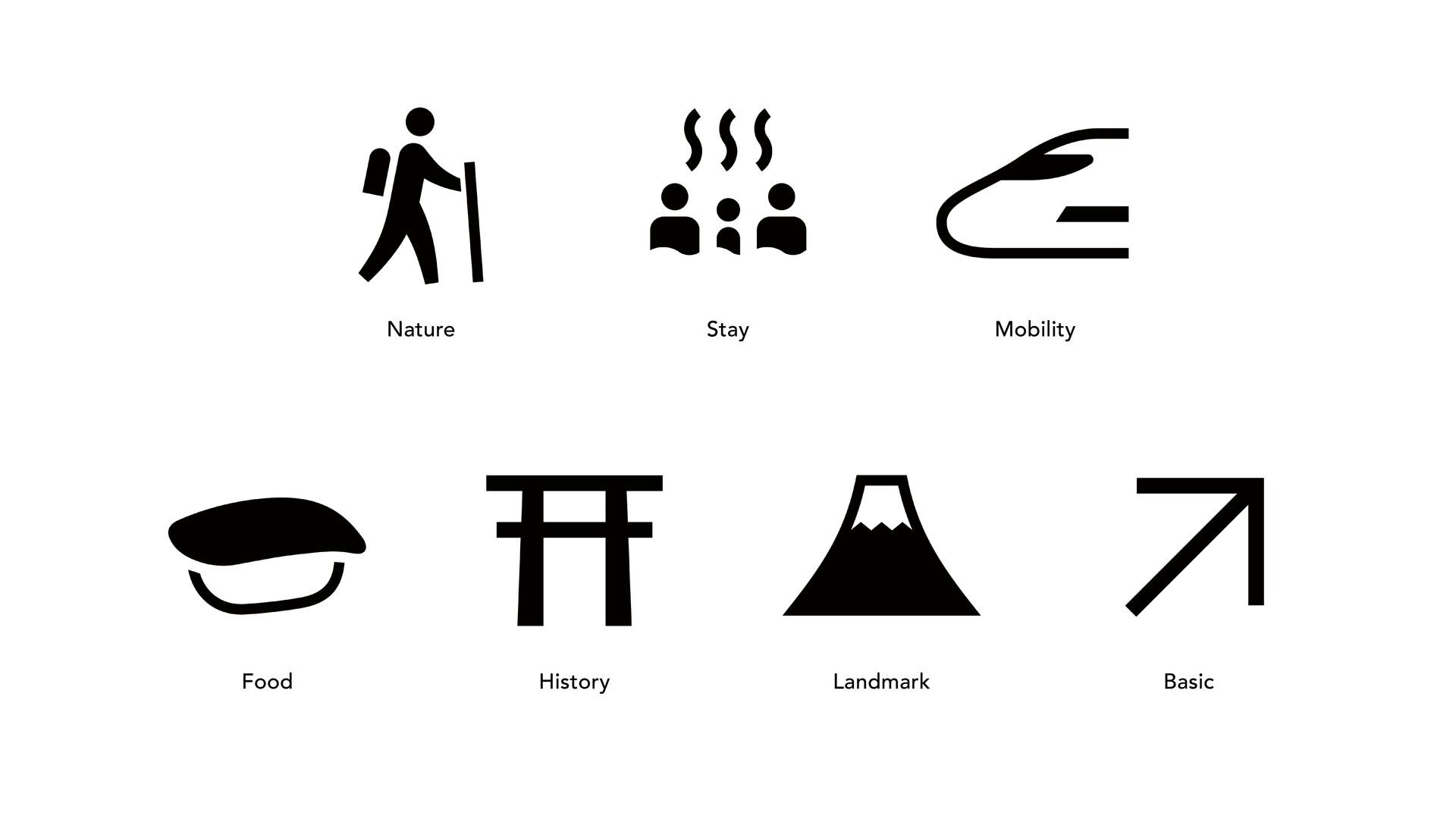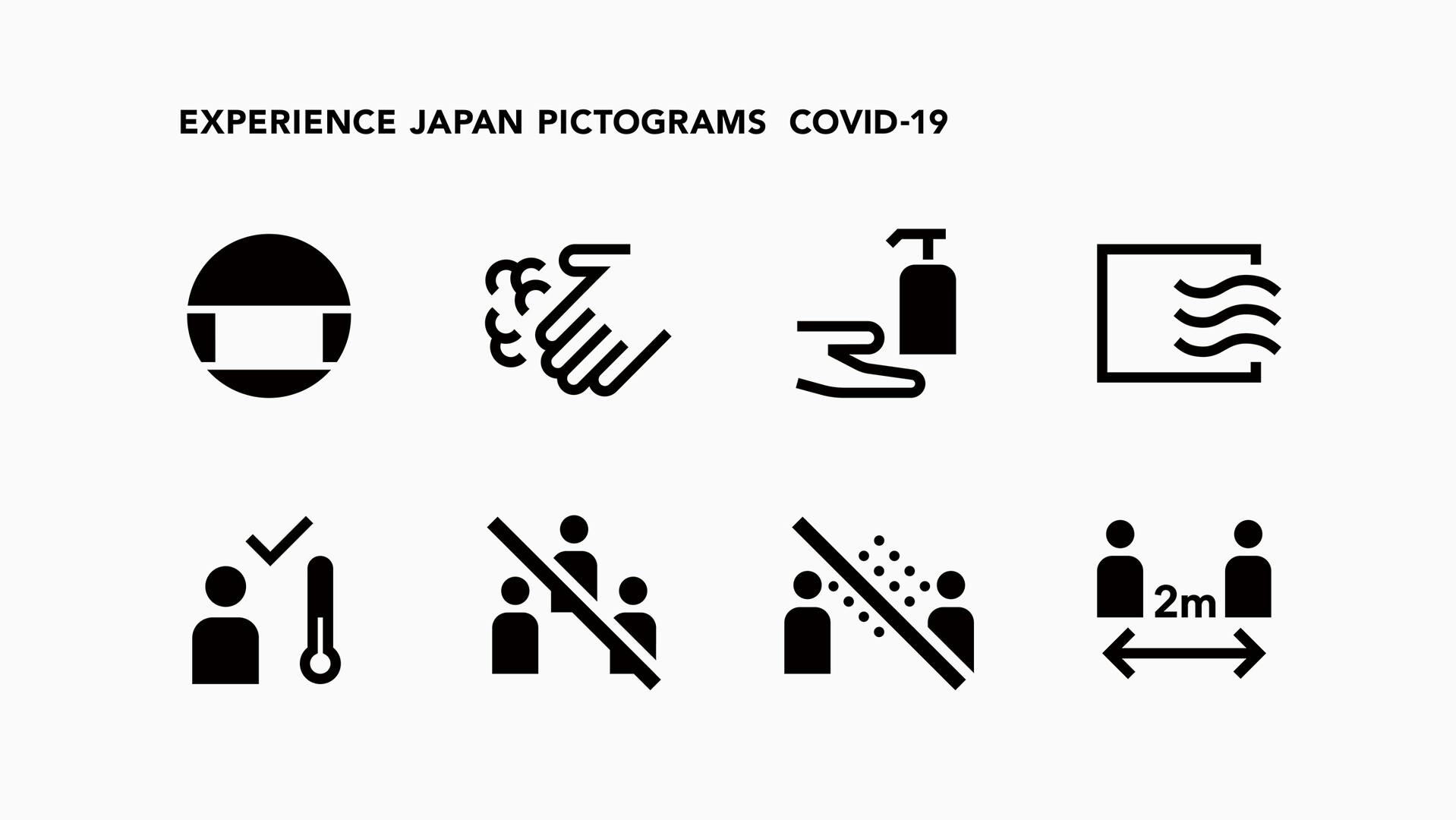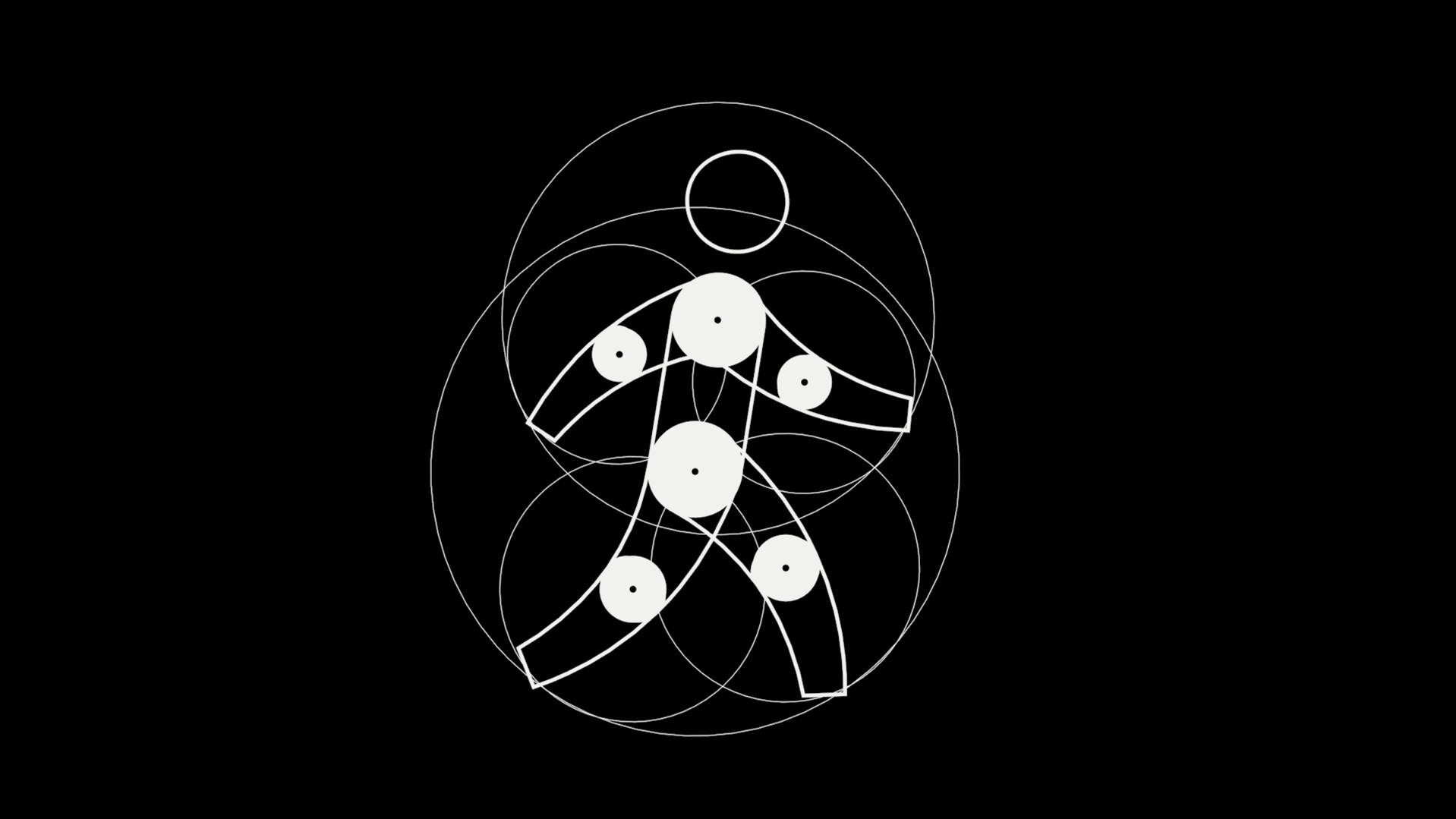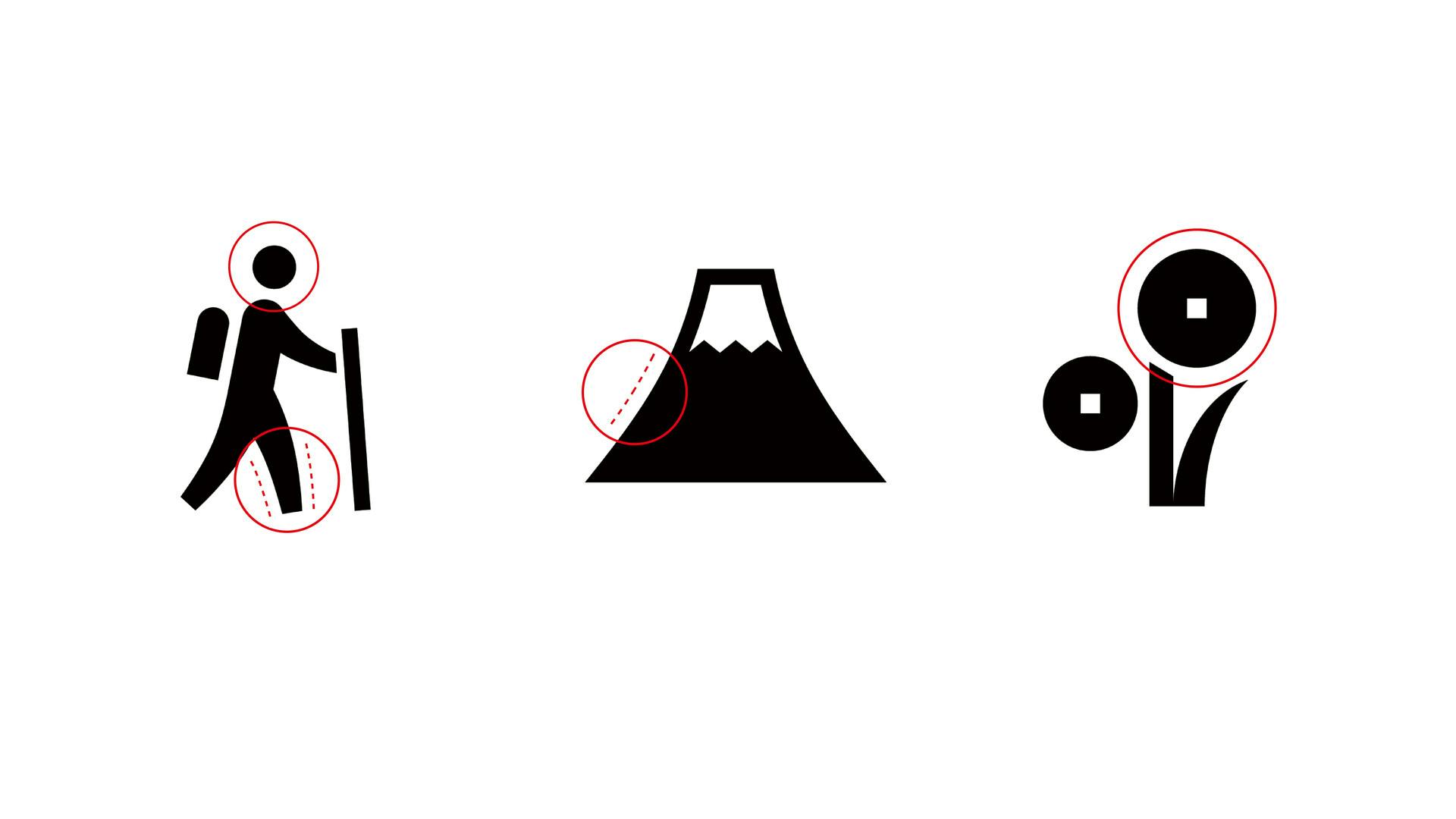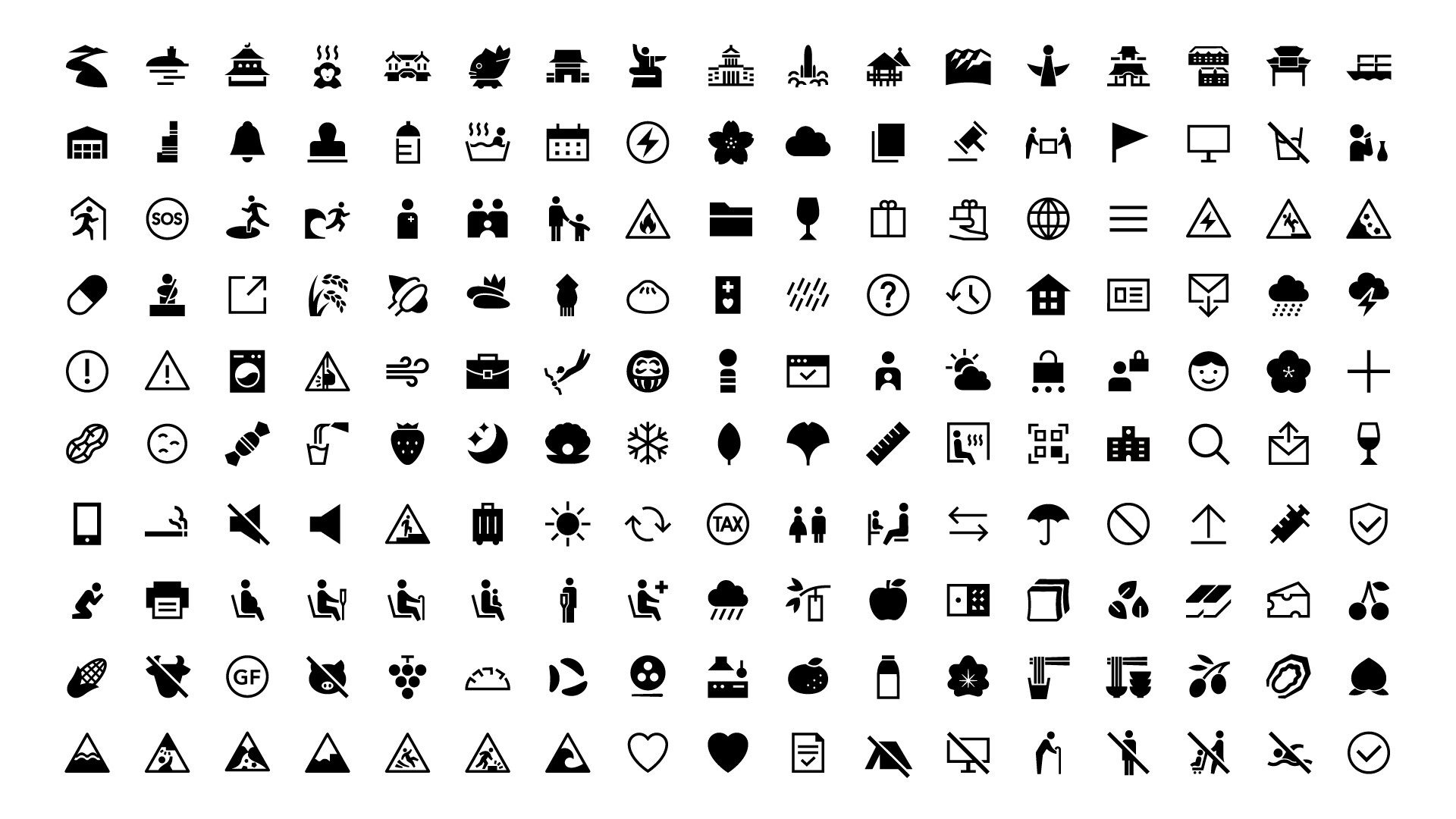
This summer, Japan House London opens its doors to a new exhibition centred around pictograms and Japanese design. Building on a project initiated by the Nippon Design Center in 2019 called Experience Japan Pictograms, which sought to expose tourists visiting Japan to over 600 unique symbols, this new show delves deeper into the history of pictorial communication and Japan’s significant role in evolving it.
Humans have been using pictures to communicate since time immemorial – from prehistoric cave drawings to ancient Egyptian hieroglyphs – but the development of a modern pictogram system referencing both facilities and sports very much began in Japan in the 1960s, when a team of designers at the Nippon Design Center created a comprehensive series of pictograms for the 1964 Tokyo Olympics.
The occasion was Japan’s most significant international event since World War II, according to the show’s curator, Daigo Daikoku. Pictograms not only played a practical communication role for the influx of international visitors, they were also part of Japan’s endeavour to show its design prowess on the world stage, Daikoko explains.
This marked the beginning of a new era for visual communication, and over the years, Japan maintained its pivotal role in this field, even giving its language to the creation of the now ubiquitous ’emoji’ – ‘e’ meaning picture and ‘moji’ meaning character.
The precise and innovative nature of Japanese design as a whole accounts for much of why the country has led the way in this style of communication. Practitioners in Japan are known for their meticulous methods of working, and their keen eye for detail, which naturally lends itself to design intended for universal application.
Image: Nippon Design Center
Image: Nippon Design Center
Language has also played a major part in Japan’s influence on pictorial communication. Speaking on this connection, Daikoku explains: “The practice of distilling complex ideas into simple visual forms has a long history in Japan. The Japanese writing system differs from the primarily phonetic structure of English. It includes kanji, Chinese characters that represent both meaning and sound. Some kanji have roots in pictographic representations, reflecting a longstanding visual dimension in written communication.”
Visitors can learn more about this history in the exhibition, which covers the upper palaeolithic period through to today. They can also create their own pictograms through two different interactive features: using physical pictogram ‘parts’ to devise new designs on top of a light box, and becoming a part of the design themselves using 3D models of pictograms.
Image: Nippon Design Center
Image: Nippon Design Center
In partnership with the Japan Society, Japan House London has also created a ‘My London’ design competition, which invites primary and secondary school pupils to design their own pictograms, representing an aspect of the city that is important to them. The winning designs will be featured at the exhibition.
Asked to choose his own favourite designs from the show, Daikoku says, “My personal favourites are the pictograms from the 1964 Tokyo Olympics. Each one captures the dynamism of sports through extreme abstraction, and the forms themselves are truly beautiful. I am especially fond of the ‘running person’ pictogram. It represents a perfect balance of energy and elegance, with not a single unnecessary element. Even today, it still moves me.”

Pictograms: Iconic Japanese Designs will be on display at Japan House London July 30 – November 9; japanhouselondon.uk




